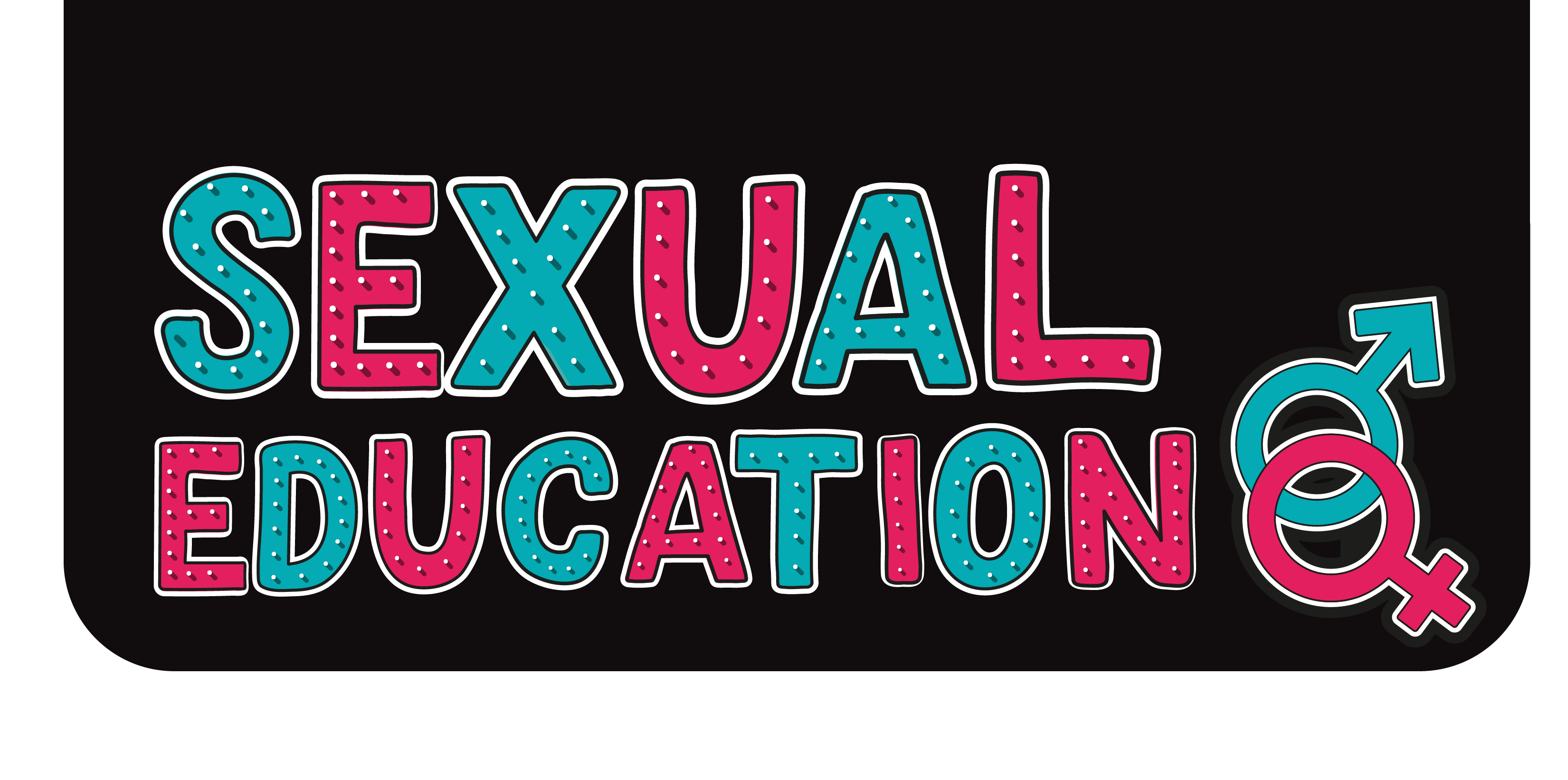Working Out and Moving Around
What's it good for?

Sport improves physical strength and coordination

Exercising helps with your psychological well being

Exercising improves immune function

Working out improves quality of sleep

Exercise burns calories and helps us to maintain our optimal weight

Working out really enhances our physique
Proper Exercise

Before exercising, you need to warm up! Try jogging up and down your driveway, jumping rope for a bit and hydrating. Just as water is important, you also need to eat regularly to get a good workout

When working out, don't overestimate your abilities/strength. Start slow and build up over time!
first day
second day
third day


After exercising remember to stretch. CAREFUL! If stretching hurts, don't stretch so far.
Core

Core
Muscles along your spine
Diaphragm
Pelvic floor muscles
Abdominal muscles
Exercise ball

your back is straight
your chin is slightly tucked in
your hips are higher than your knees

your shoulders are freely hanging to the sides
your feet are parallel to each other
the weight is distributed into 3 points - under the big toe, pinkie and heel

wrong pose of the spine & head

wrong position of the extremities

wrong use of a small ball, where hips are lower than the knees
(starting position: correct sitting position)

lift your leg and stretch it, so that it's parallel with the floor

toes pointing upwards


(starting position: correct sitting position)


throw one of your arms up and lean to the opposite side
(starting position: correct sitting position, hands behind head)

inhale, then exhale & lean forward

bring your forehead to your left (right) knee
(starting position: correct sitting position, hands crossed on the chest)

move forwards in small steps, lay down on the ball

Wait for a while, breathe freely, then return back to the correct sitting position
your torso is parallel to the floor
your legs should be in a 90 degree angle
toes are pointing forward

Breathe freely
tuck your chin
90 degree angle between your thighs and torso
knees slightly apart
keep your feet apart, toes pointing upwards
shlouders spread to the sides, on the floor
loins are touching the ground
arms next to your torso, palms facing the ceiling
legs on the ball
(starting position: laying on your back)

stay balanced
slowly lift your buttocks from the floor
(starting position: laying on your back, holding a ball in between the legs)

lift the ball by straightening your legs

starting position: laying on the ball, facing the floor
shoulders spread out, straight neck
fingers pointing forwards
palms are under your shoulders
your arms are supported by your palms
straight legs, leaning on the toes

straighten your arm, so that it's next to your ear, try to stay stable

return to the starting position, switch hands

lift one leg

make sure your lifting your legs using your gluteal muscles

starting positon: sitting on the floor
straight back
knees and toes pointing upwards
straight legs, kept apart

roll the ball away and return

roll the ball away and return

roll the ball from one leg to the other

roll the ball from one leg to the other
- Don't forget to exercise safely; exercise in a well-lit room with fresh air and enough space.
- You should not exercise with a full or empty stomach.
- Repeat the exercises 3-5 times, depending on your condition, and add more repeats as you go.
- Stay in the ending position for about 2-4 seconds, then return to the starting position. If you are feeling you're losing control over your body, return to the starting position and try again.
- Quality over quantity - exercise properly. Physiotherapists exercise with children in front of a mirror, so the child knows whether they're doing things right. It is recommended to exercise in front of the mirror.
- Ideally, try to exercise every day. 10 minutes is long enough.
- If in doubt, ask your parents or a proffesional. You can try out some exercises with a physician.
- All properly performed exercises on a labile spot, which an exercise ball is, exercise your core. From the exercises here, all exercise the core, except for the stretching of the legs while sitting.
Proper standing, sitting and standing up

incorrect
slouching back

correct
straight back
pelvis in a neutral position, you shouldn't “spill” anything from it
feet shoulders width apart

incorrect sitting position
chin is pointed out
slouched, shoulders coming forward
bent over and rounded back
feet aren't supporting the body
stress on the lumbar spine

correct sitting position
shoulders down and back
straight back
feet are pointed in front of you, they are placed on the ground in three point contact, toe, pinky toe, heel
we are sitting with our hips and seat bones aligned, and on our seat bones

Getting up and out of bed with a rapid swinging motion can overload the abdominal muscles and superficial muscles of the spine. In extreme cases it can lead to a dislocated disc!

incorrect “swinging”

support using our palm and elbow

correct way to get up out of bed

